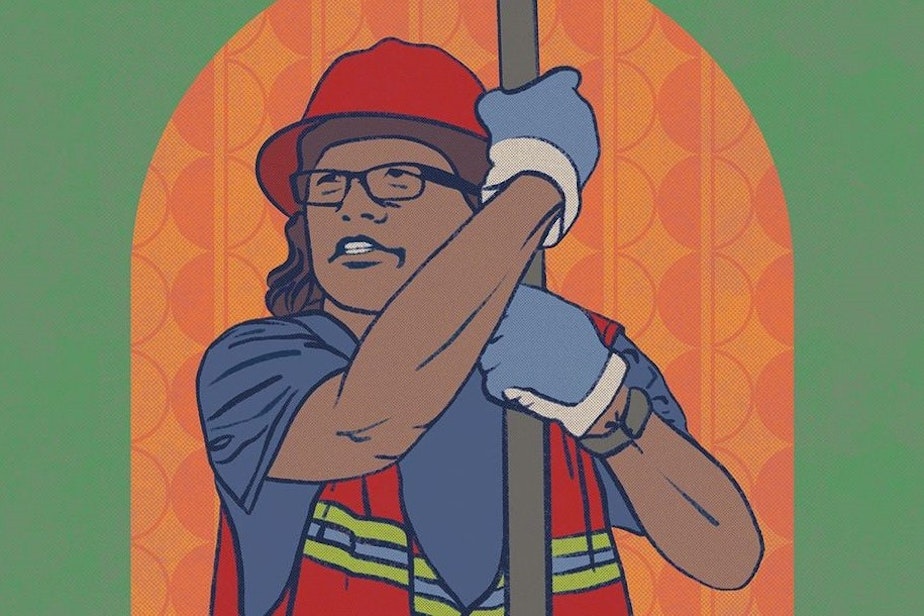Seattle’s 'Hope Corps' will pay unemployed and underemployed artists to create public art

The City of Seattle is launching a program to help put artists back to work. Hope Corps is inspired by New Deal programs.
royal alley-barnes is interim director for Seattle's Office of Arts & Culture. She talked to KUOW’s Kim Malcolm about the program.
This interview has been edited for clarity.
royal alley-barnes: One of the most vulnerable populations impacted by the pandemic has been the creative workforce. The Hope Corps program will actually employ creative workers. It's going to put food on the table. It's going to demonstrate how creatives can be and are embedded in the social-economic fabric. It's going to put on notice that Seattle is thriving and flourishing and meshing its creatives into its workforce, thereby into its society. That's the big picture. That's the big impact.
Kim Malcolm: You talked to Crosscut about how getting more of our creatives back to work creates social cohesion. Can you expand on what you mean by that?
The fact of the matter is that social cohesion — human beings understanding and communicating with other human beings — is how society works. Artists, over eons, have been so critical to putting that communication in place, to establishing the meaning of space, and changing that to place, to gathering.
When artists come into any community and work with that community, it's elevated. It gives a community a vision. It sets in that emotional intelligence. It sets in that commitment for social justice. It begins to emphasize that need to have other kinds of relationships within the economy. That's that social cohesion that art does.
Sponsored
Hope Corps is a first for Seattle, but this type of program is happening in other cities around the country. What do you think people need to know about that in this moment, as we're coming out of this pandemic?
Artists are your neighbors, your brothers, your sisters, your nieces, your nephews. They're the people right next to you. What you need to know is that putting food on that art-sector table is as important as putting food on your own. This program allows that creative workforce to do what it does best, which is to meld that cohesion.
Once our communities are engaged and involved in those, we're different. Then we begin individually to keep building on that difference. That's the importance of this program, putting artists right inside of our social fabric with intentionality.
Listen to the interview by clicking the play button above.





